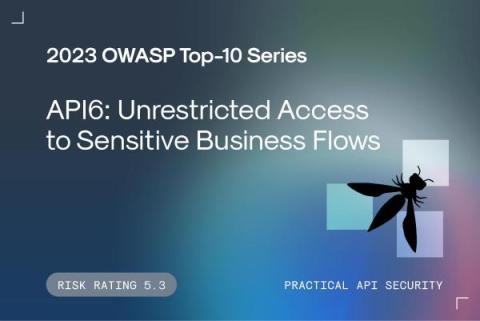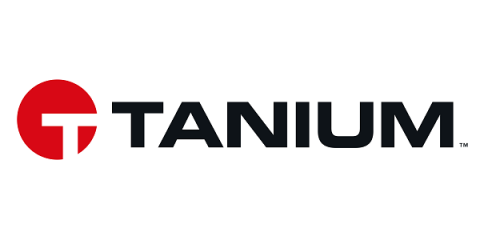More than 1 Million Callaway Customers at Risk From Security Vulnerability
Topgolf Callaway is a powerful golf company that offers modern golfing entertainment, as well as selling golf equipment in most areas of the world. The organization maintains online and in-person stores in many different countries and sells to millions of customers annually. With so much customer data exchanging hands through this company and its many retailers, everyone involved is at risk because of a recent security vulnerability.











